Opening in U.S. theaters on December 1st is the new Japanese movie ‘Godzilla Minus One,’ which was directed by Takashi Yamazaki (‘Ghost Book Obakezukan’).
‘Godzilla Minus One’ opens in U.S. theaters on December 1st.
Moviefone recently had the pleasure of speaking with director Takashi Yamazaki and actor Ryunosuke Kamiki about their work on ‘Godzilla Minus One,’ retelling the Godzilla mythology, the human story at the heart of the movie, Kamiki-San’s performance, the VFX and look of the creature, and why Godzilla is still popular around the world for almost 70 years.
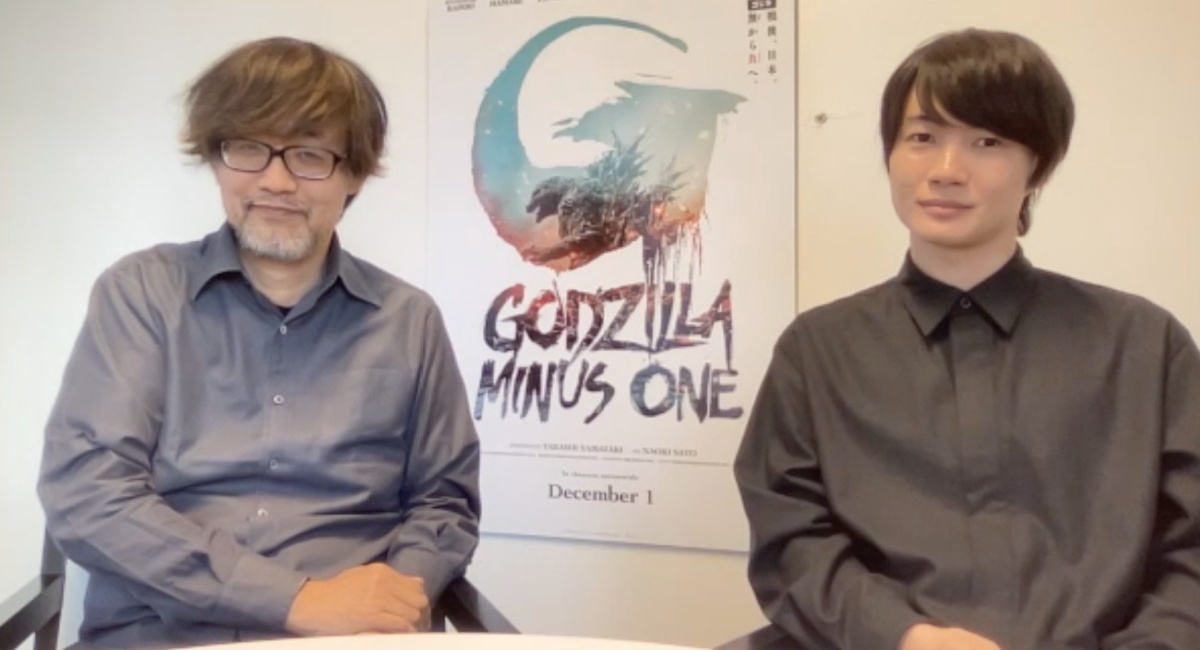
(L to R) Director Takashi Yamazaki and Ryunosuke Kamiki discuss ‘Godzilla Minus One.’
You can read the full interview below or click on the video player above to watch our interviews.
Note: This interview was conducted with the use of an interpreter.
Moviefone: To begin with, Yamazaki-San, can you talk about developing the screenplay and what you wanted to do differently with the Godzilla mythology?
Takashi Yamazaki: My intention when I sat down to write the script was that Godzilla is big and is massive. So, it’s hard sometimes. Sometimes the story is told where you switch to Godzilla and then you switch to the human story, and they end up kind of existing independently. But I really wanted to make sure that they were intertwined in a balanced way so that the human drama and whatever’s going on with Godzilla had the right balance. I think especially it’s also reflective of the first movie where there was a good balance with Godzilla and the human story. So, I wanted to make sure of that and the other component about having that balance is that they both must be as interesting or else one is going to win over the other, the Godzilla or the human story is going to win over the other and create this imbalance.
MF: Kamiki-San, can you please discus your character, where he is emotionally when the film begins, and why he feels like he has lost his honor?
Ryunosuke Kamiki: I haven’t personally experienced any war, so coming into the war aspect of this film, I really wasn’t sure about my approach. I started doing research and reading, of course talking with the director, and then I started also looking into those who have experienced war and how it affects them both before they go to the war and after they come back. So, I just emotionally put myself into those circumstances and I can’t say for sure if I was able to achieve anything, but I did my best to live in those circumstances.
MF: Can you talk about the surrogate family that Shikishima creates with Noriko and Akiko and how they give him the strength to live?
RK: I feel that before Shikishima meets Noriko and Akiko, that he’s questioning himself, “Should I live, do I even deserve to live?” Noriko and Akiko create a place for Shikishima to be and to exist. Then on top of that, Godzilla comes back. That faux family dream is kind of destroyed, and Shikishima then turns into vengeance.
Related Article: Director and Producer Matt Shakman Talks ‘Monarch: Legacy of Monsters’
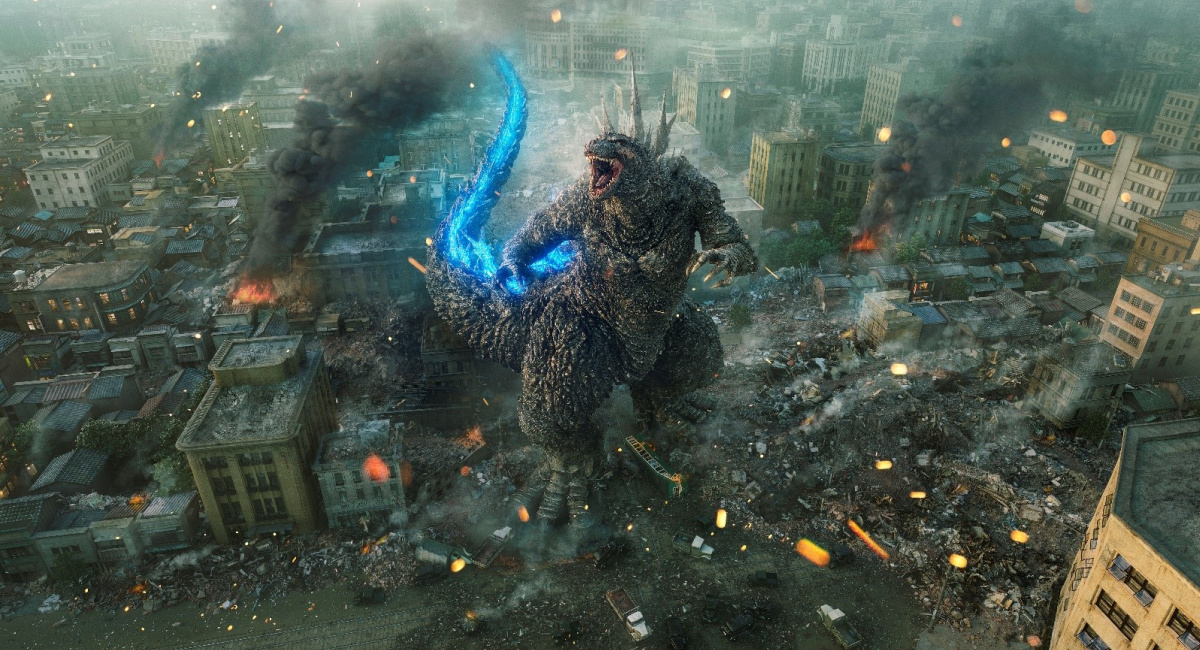
‘Godzilla Minus One’ opens in U.S. theaters on December 1st.
MF: Yamazaki-San, can you talk about the VFX you used to create the movie and how you wanted this version of Godzilla to look?
TY: So, when it comes to the design for Godzilla, for example, I was very deliberate in making him be the most powerful of all the Godzillas that have come before. The great thing is that I was able to design Godzilla myself so I could just use a 3D software tool. I wanted it to be a Godzilla where if I found it selling at a store, that I would want to buy it. So, I was able to create a Godzilla to my liking. Now, the VFX, you must keep in mind that unlike Hollywood, generally Japanese budgets are lower and usually crew as well are smaller than what’s available in the U.S. But we were still aiming for a Hollywood-level VFX. This is something I’ve always done as a director, is to constantly be checking the VFX. So VFX, a lot of time is about trial and error, but as soon as someone’s done adjusting something, I would go and check right away. Other productions might just do a check once a week or whatever, but I am constant, I’m doing multiple checks a day. So, in that way, that’s how the VFX workflow was.
MF: Finally, for both of you, why do you think Godzilla as a character has lasted as long as it has and is still so popular around the world today?
TY: It’s the concept of an animal or object absorbing so much evil energy, or the negativity of the world, that it takes shape. And I also feel that Godzilla is what is taking shape, and it’s up to us humans not to kill it necessary, but to calm it. This needs a cycle every couple of decades. I think maybe it’s just the timing that we need to be reminded and go through the exercise of visualizing your worries, evils and whatever’s going on in the world, and going through the journey and going through this process of calming those negative energies in the form of Godzilla.
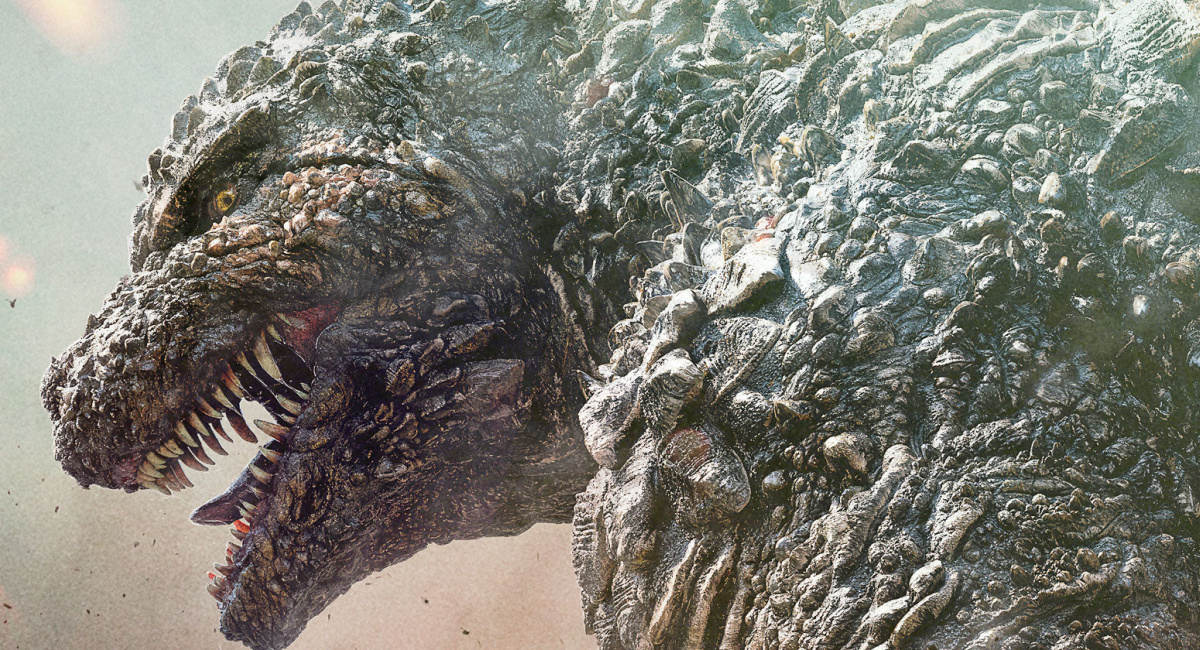
‘Godzilla Minus One’ opens in U.S. theaters on December 1st.
RK: I think in the world of Godzilla, each generation are under their different circumstances, and they must fight against Godzilla in that context. But I think when you’re going through those battles, the values of those people at that era are reflected. So, I think it’s important for people now to be able to put a mirror up to yourself and just reflect what your values are right now in this day. So, I think that’s what really resonates with people around the world. It’s a good time to reflect and obviously fun to see how Godzilla is defeated by each generation.
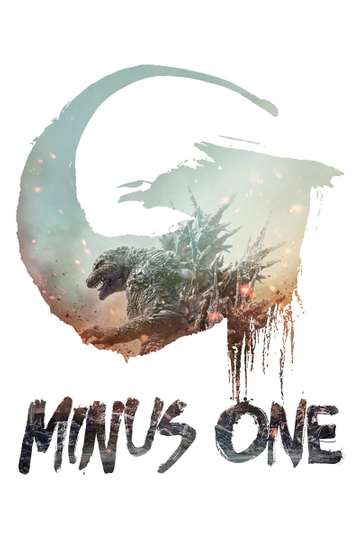
What is the plot of ‘Godzilla Minus One’?
Directed by Takashi Yamazaki, ‘Godzilla Minus One’ takes place just after World War II, when Japan has no self-defense force and no armaments. The movie asks the question: What happens if Godzilla comes to Japan while it is completely disarmed? Meanwhile, after losing his honor in the war, Koichi Shikishima (Ryunosuke Kamiki) creates a surrogate family with Noriko Oishi (Minami Hamabe) just when Godzilla attacks again.
Who is in the cast of ‘Godzilla Minus One’?
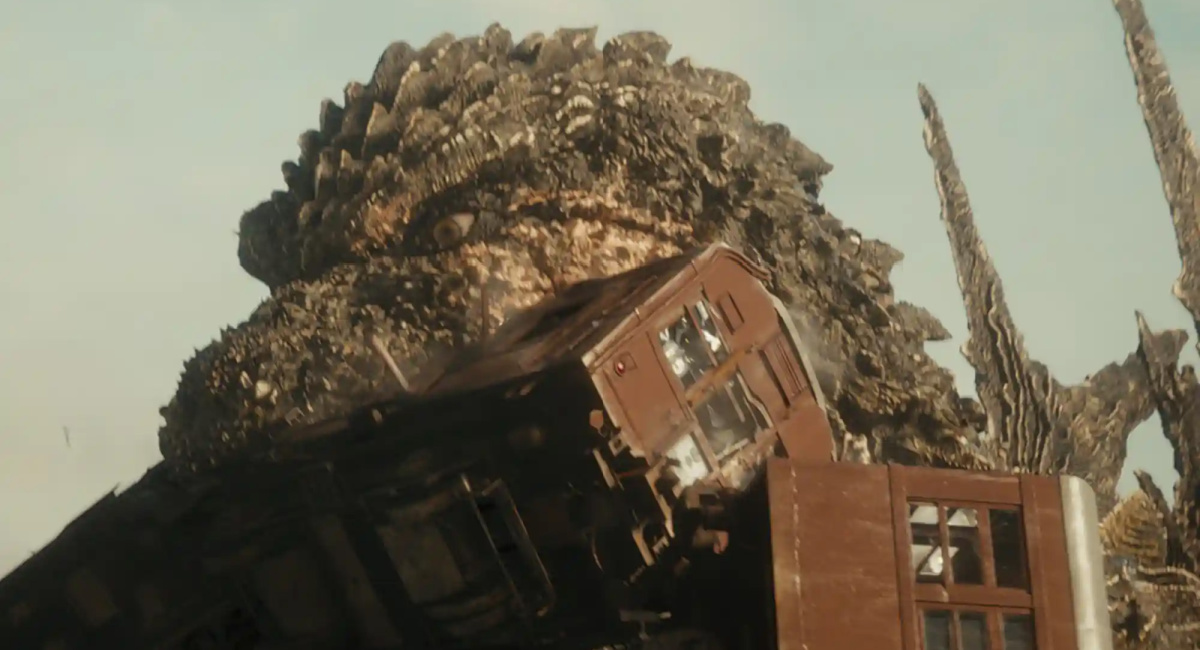
‘Godzilla Minus One’ opens in U.S. theaters on December 1st.
















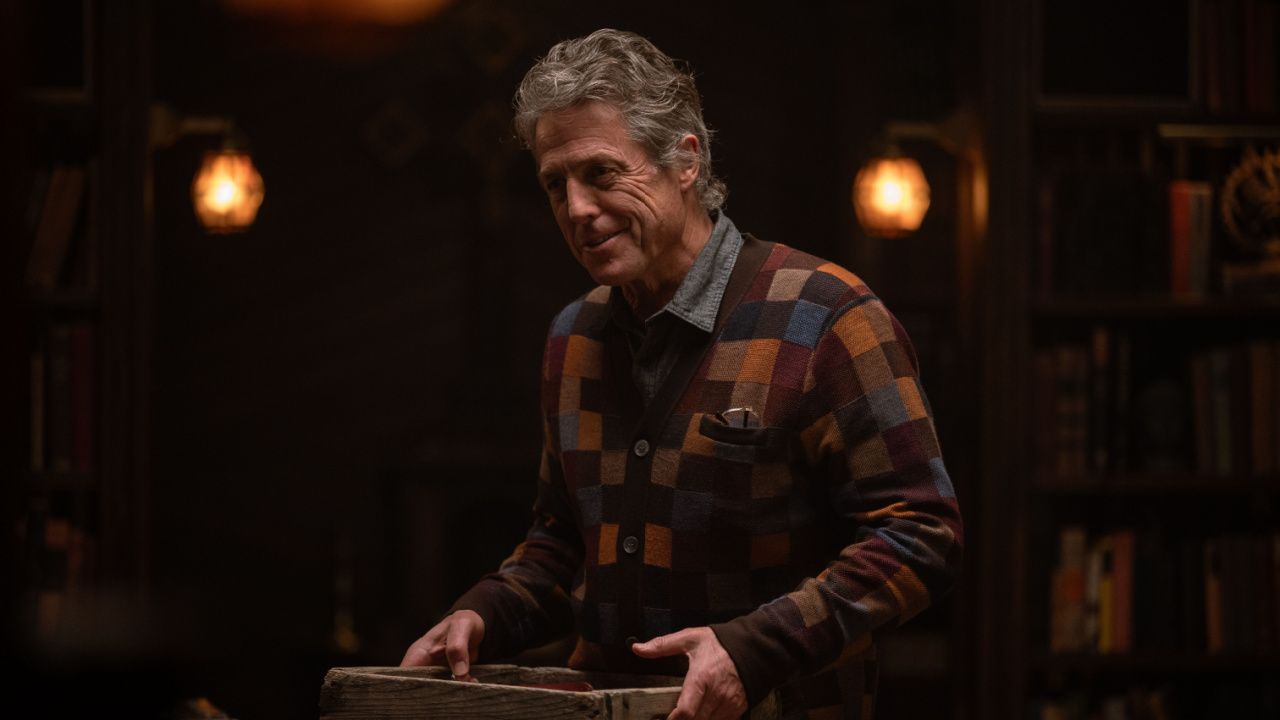
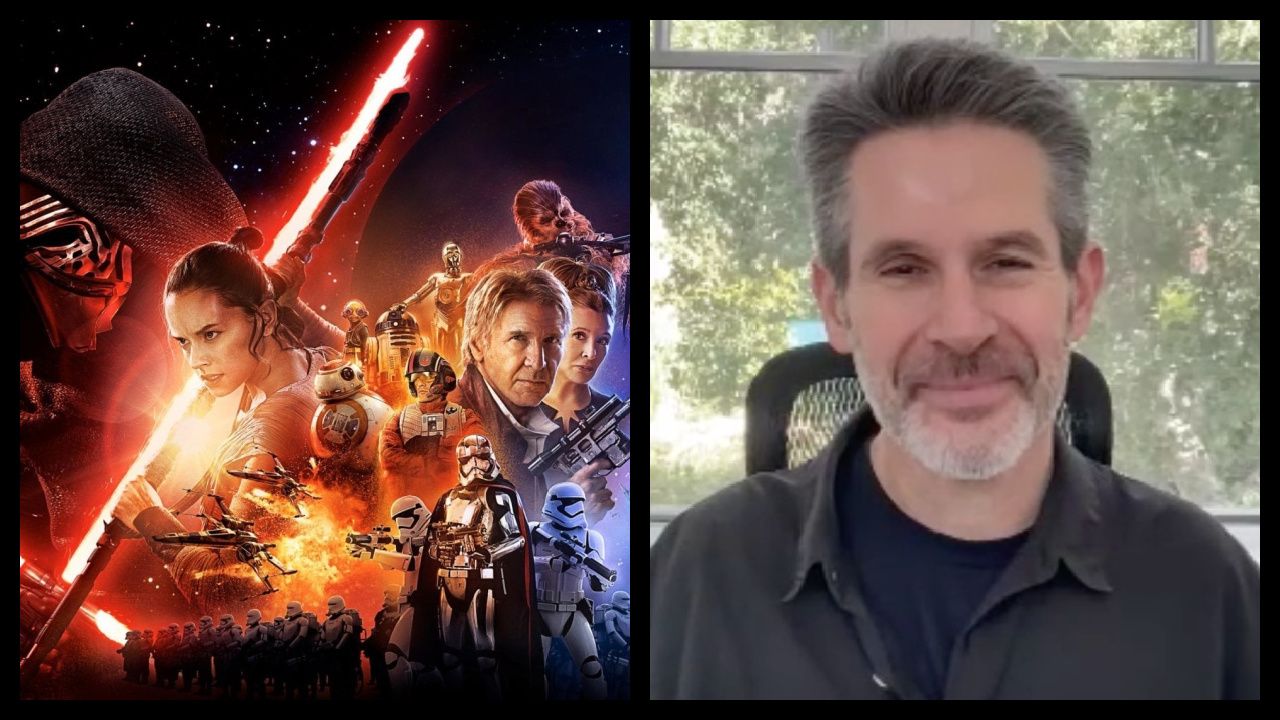
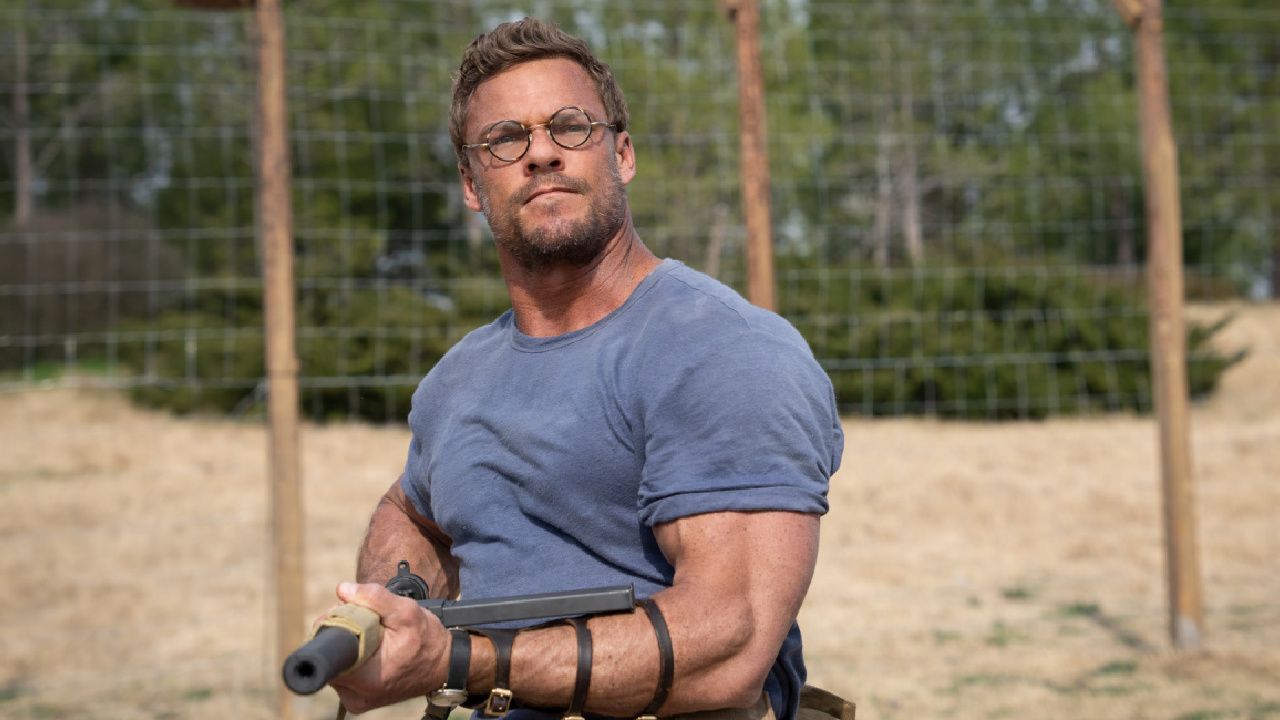




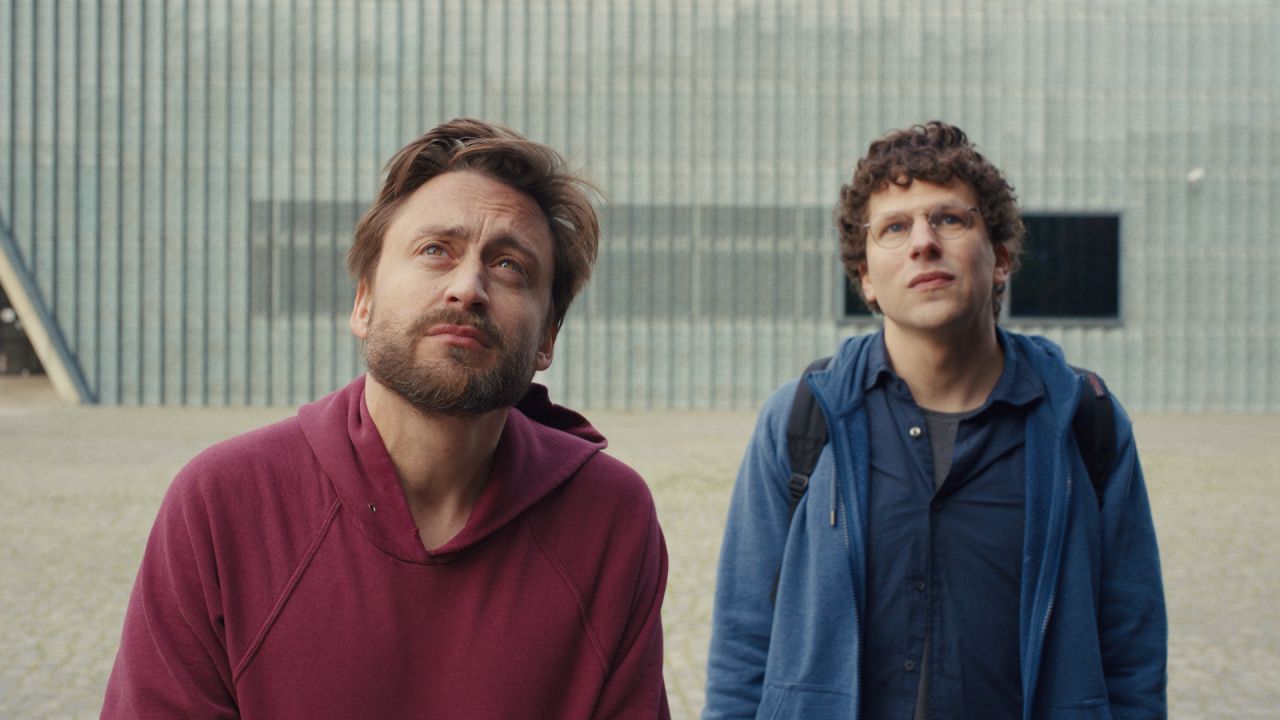
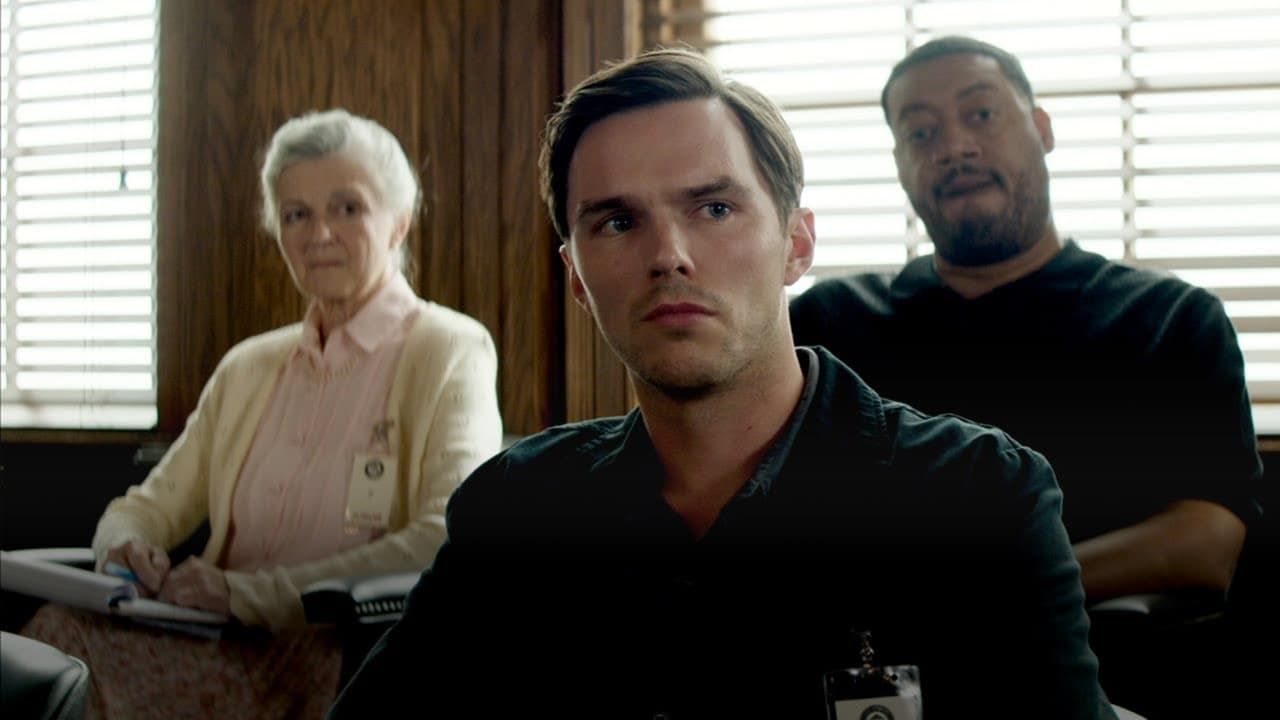
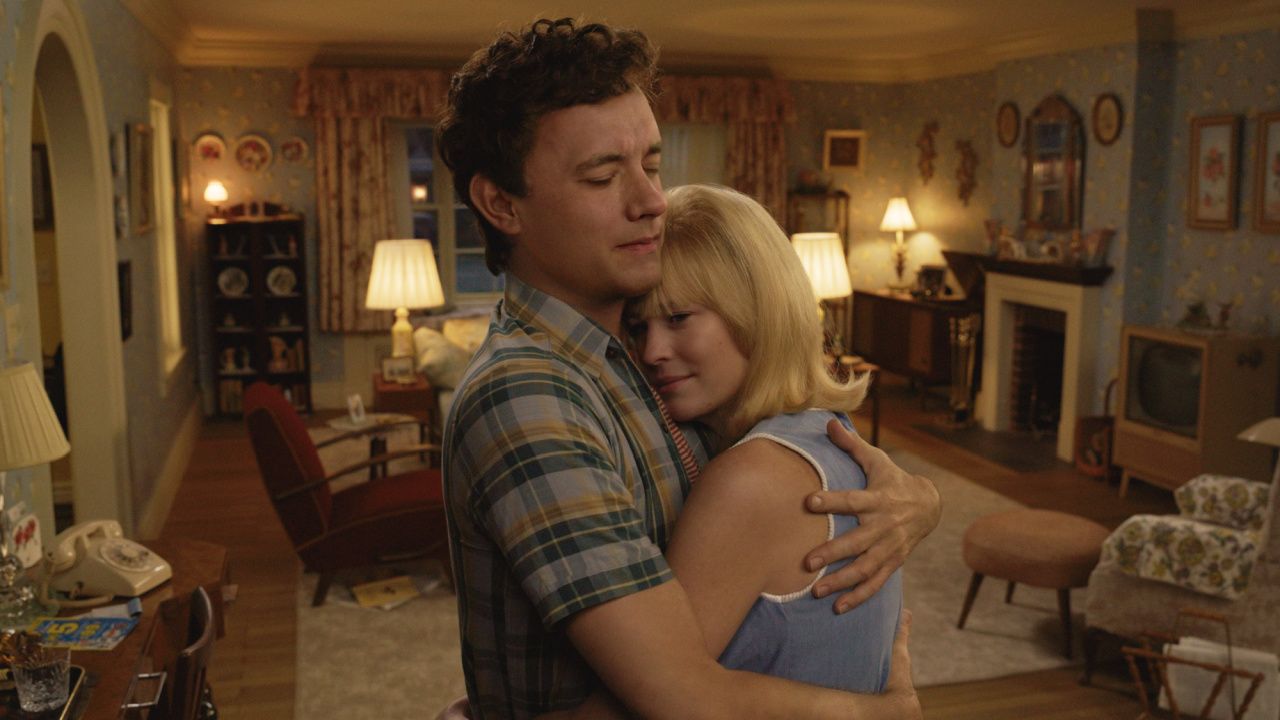

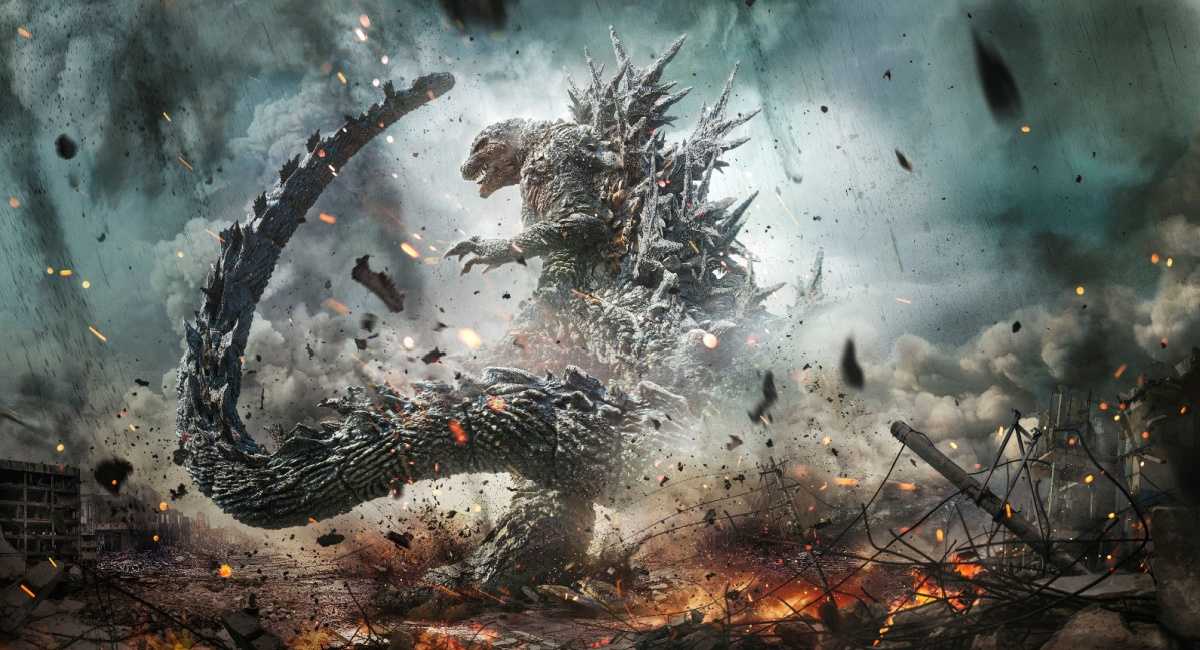


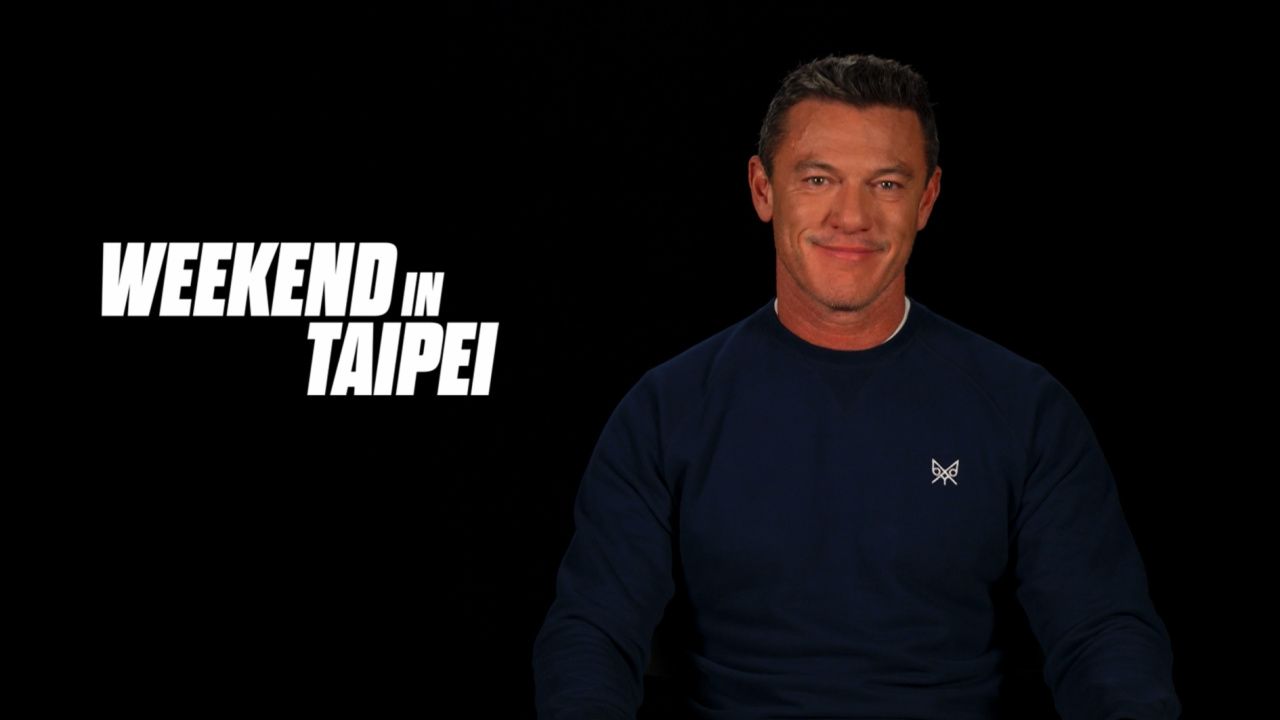
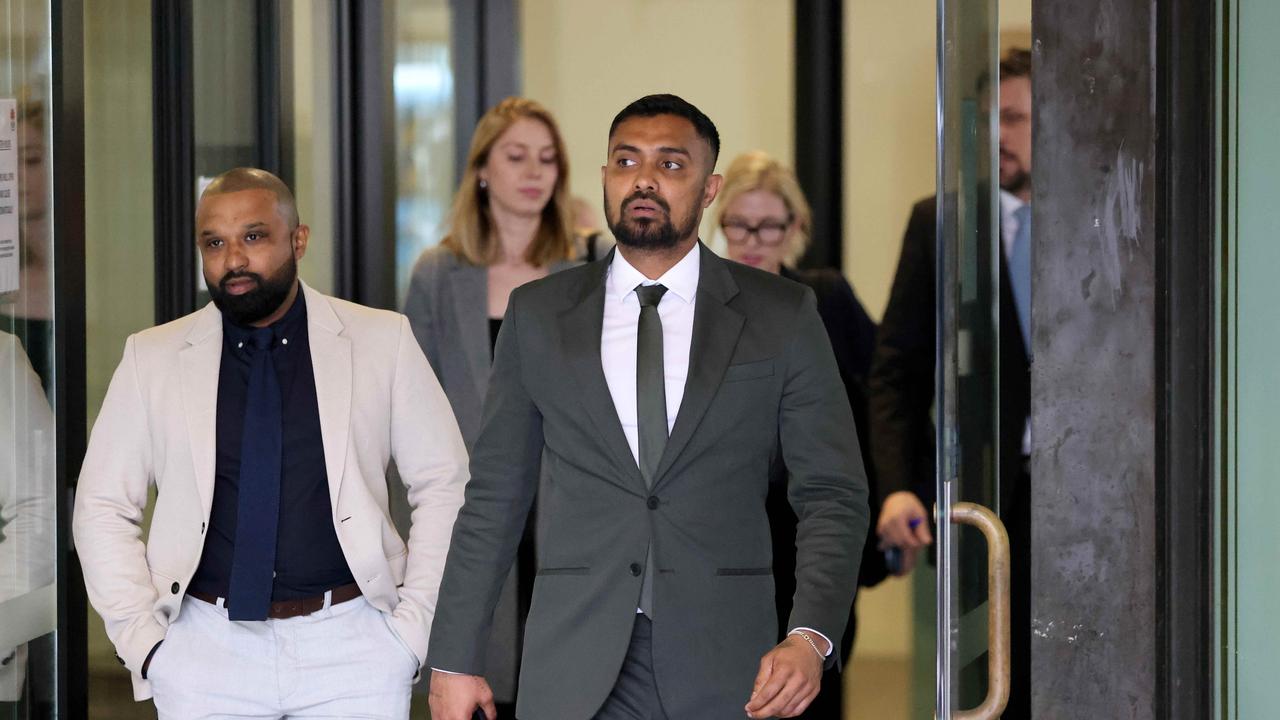








Discussion about this post